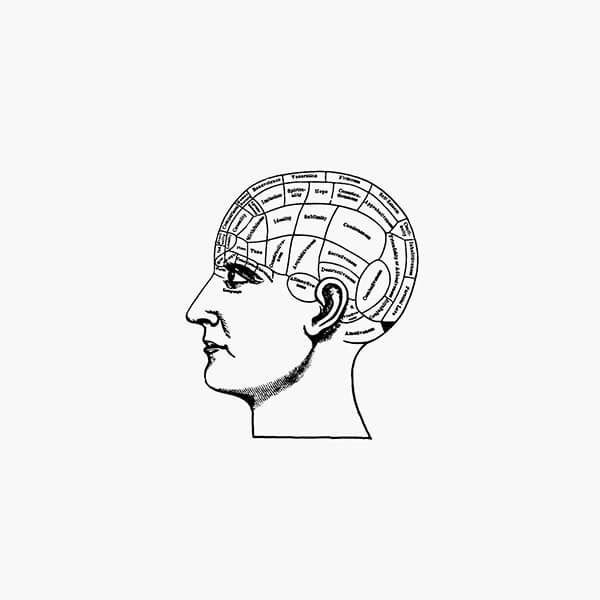



























Artifacts
9365 Il Bambino Gesù nella collezione Hiky Mayr
Texts by Roberto De Simone, Chiara Basta
2001 / 96 PAGES.
Language: English, Italian, French
Through the photographs of Marco Rapuzzi, the book sets out to explore Hiky Mayr Hinterkircher’s collection of Baby Jesus, consisting of around two hundred small statues dating from the second half of the 17th century to the end of the 19th century.
The text opens with an introductory essay by Roberto De Simone, who analyses, using popular legends and beliefs, the story behind some of the most famous statues in Naples depicting Baby Jesus. Art historian Chiara Basta enriches the publication with an essay rooted in research and analysis of the history of the cult of the Infant Jesus, from its most remote origins to more consolidated liturgical forms. These are also accompanied by a growing interest in the creation of artistic artefacts for nativity scenes: a key moment can be traced back to the first nativity scene ‘invented’ by Saint Francis of Assisi in Greccio. Around that date, the oldest artefact known to date depicting Jesus as a child was created. Tracing all the major artistic phases in the history of Western art, Chiara Basta then analyses the development of the sculptural depiction of the Infant , finally emphasising how Naples was the nerve centre in which a change took place regarding the depiction of Baby Jesus, which broke free from the liturgical context to the point of taking forms of aesthetic display, giving rise to a dedicated collection. The volume closes with descriptive plates of Hiky Mayr Hinterkicher’s collection of Baby Jesus.